Famous buildings that no longer exist
Throughout history, cities have evolved, with iconic structures rising and falling, each telling its own story. From grand palaces to modern skyscrapers, some buildings have been lost to time, whether through demolition, disaster, or neglect. These lost architectural marvels hold a special allure, sparking imaginations and evoking nostalgia for bygone eras. Let’s embark on a journey to explore some of these unforgettable structures, which once stood as proud symbols of human ingenuity and creativity.
The Demise of the Original Penn Station, New York
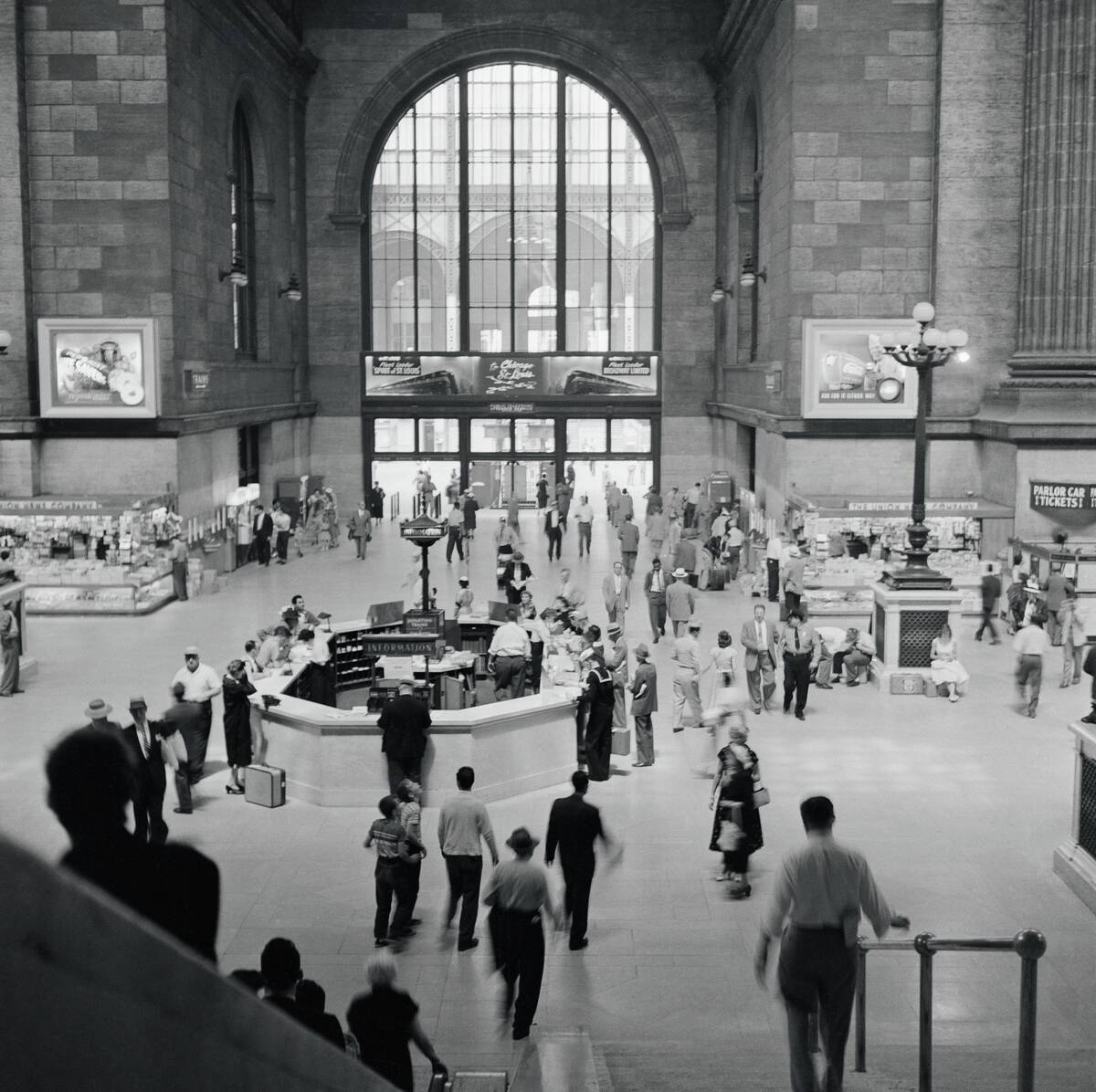
New York City’s original Penn Station, completed in 1910, was a Beaux-Arts masterpiece designed by the renowned architectural firm McKim, Mead & White. Its grand columns and vast waiting room rivaled the great European railway stations. However, in 1963, it was demolished to make way for Madison Square Garden, sparking public outcry and igniting the historic preservation movement. The loss of such a majestic building remains a poignant reminder of the city’s ever-changing skyline.
The Fall of the Berlin Wall: A Symbolic Structure

The Berlin Wall, erected in 1961, was more than just a physical barrier; it was a powerful symbol of the Cold War. Stretching over 96 miles, it divided East and West Berlin, separating families and friends for decades. Its fall in 1989 marked the end of an era, representing hope and unity as the world watched in awe. Today, remnants of the wall stand as a testament to resilience and the triumph of freedom over oppression.
The Disappearance of the Hippodrome Theatre, New York
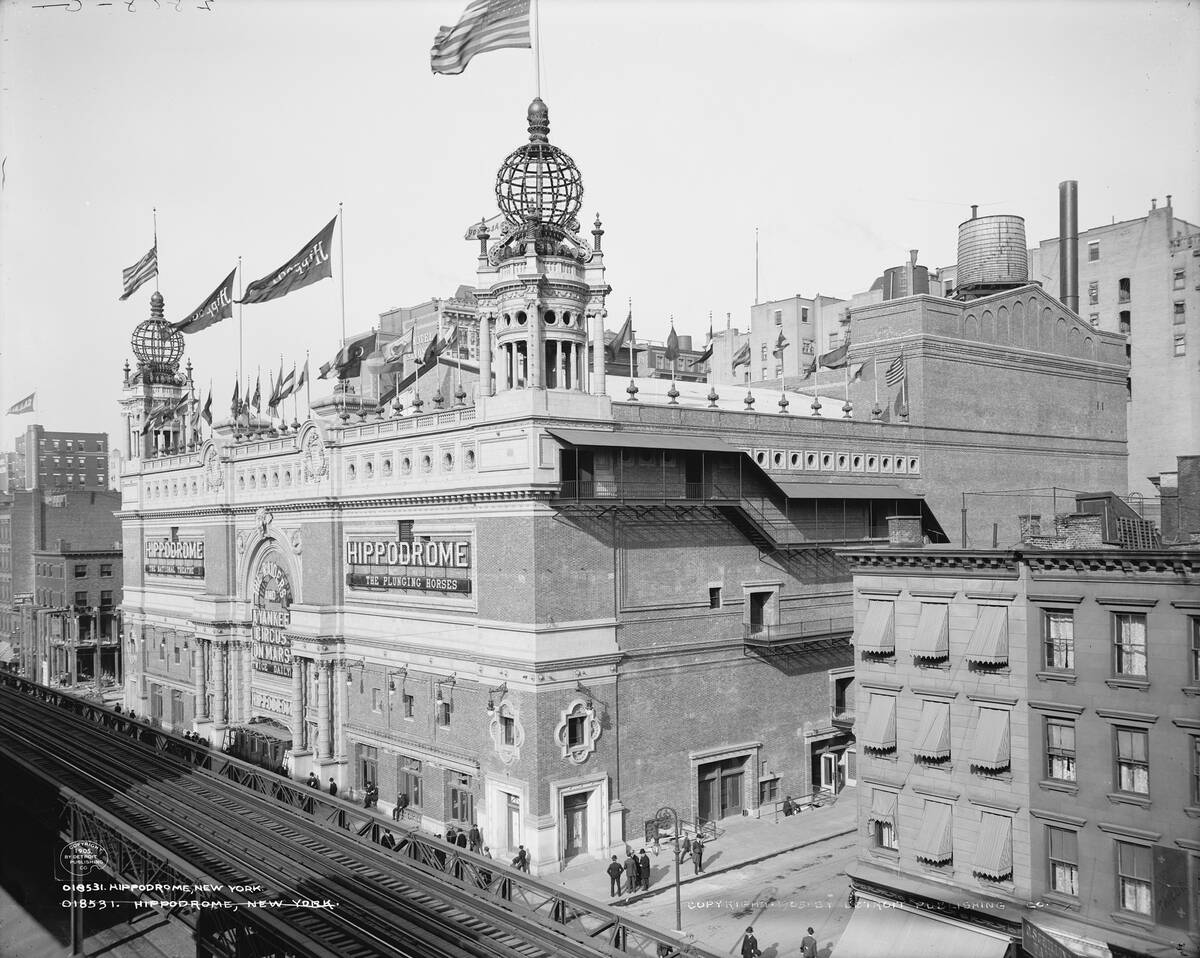
Once the largest theater in the world, the New York Hippodrome opened its doors in 1905. Known for its lavish productions and impressive scale, it could seat over 5,000 people. Despite its popularity, the theater closed in 1939 due to financial difficulties and was demolished in 1939. Its absence is a loss to New York’s vibrant theater history, but its legacy lives on in the stories of its grand performances and the stars who graced its stage.
The Vanishing of the Crystal Palace, London
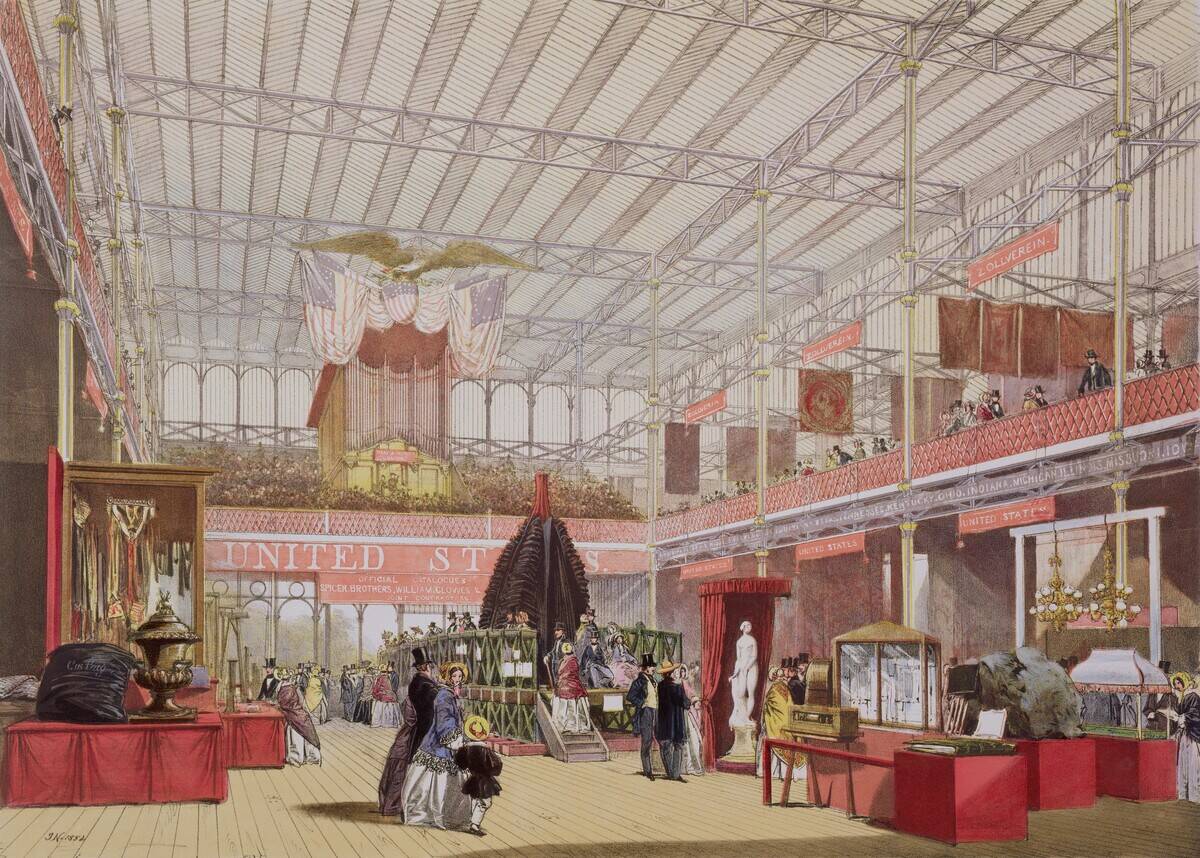
The Crystal Palace, originally built for the Great Exhibition of 1851 in Hyde Park, was a marvel of glass and iron. After the exhibition, it was relocated to South London, where it stood as a symbol of Victorian innovation. Unfortunately, a devastating fire in 1936 reduced it to ruins, leaving behind only memories of its grandeur. Today, the Crystal Palace’s lasting impact can be seen in its influence on modern architecture and the continued fascination it inspires.
The Tragic End of the Twin Towers, New York
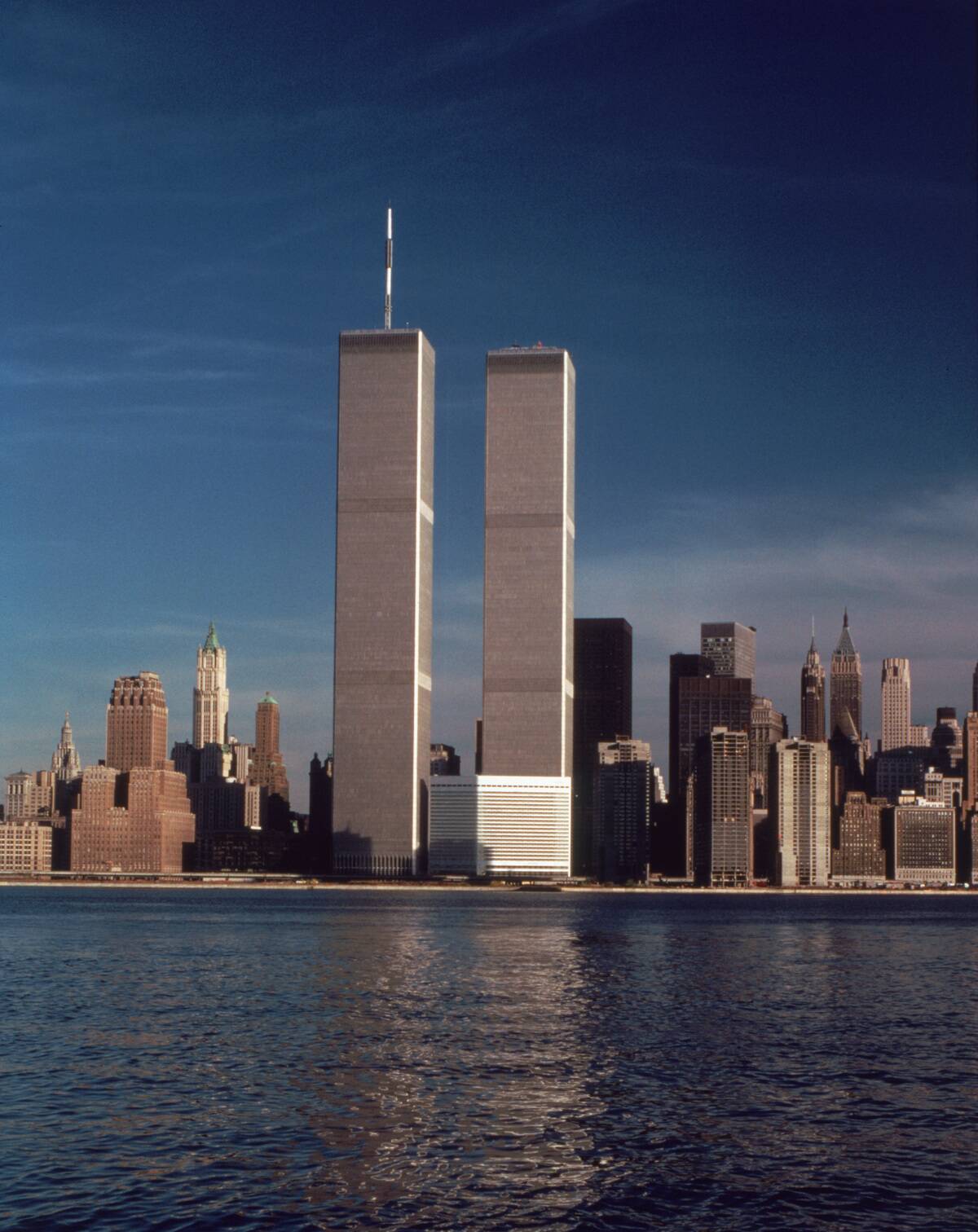
The Twin Towers of the World Trade Center, completed in 1973, were iconic symbols of New York City’s skyline. Standing at 110 stories each, they represented American economic power and architectural prowess. Tragically, they were destroyed in the September 11 attacks in 2001, a day that changed the world forever. The site now hosts the One World Trade Center and the 9/11 Memorial, serving as both a tribute to the lives lost and a beacon of resilience and hope.
The Loss of the Old Wembley Stadium, London
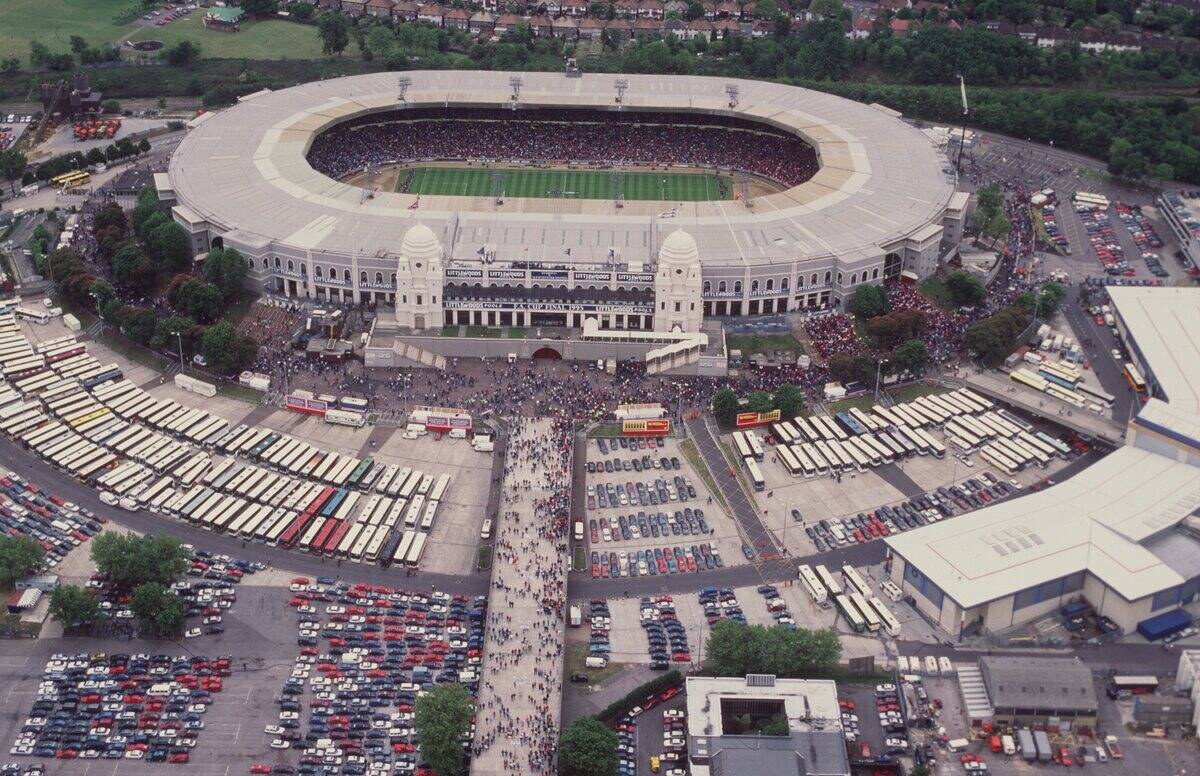
Opened in 1923, the old Wembley Stadium was affectionately known as the “Home of Football.” It hosted countless iconic sporting events, including the 1966 FIFA World Cup final. Despite its storied past, it was closed in 2000 and demolished in 2003 to make way for a new stadium. The new Wembley, opened in 2007, carries the legacy forward, but for many, the memories of the old stadium’s twin towers still evoke a sense of nostalgia.
The Transformation of the Bastille, Paris
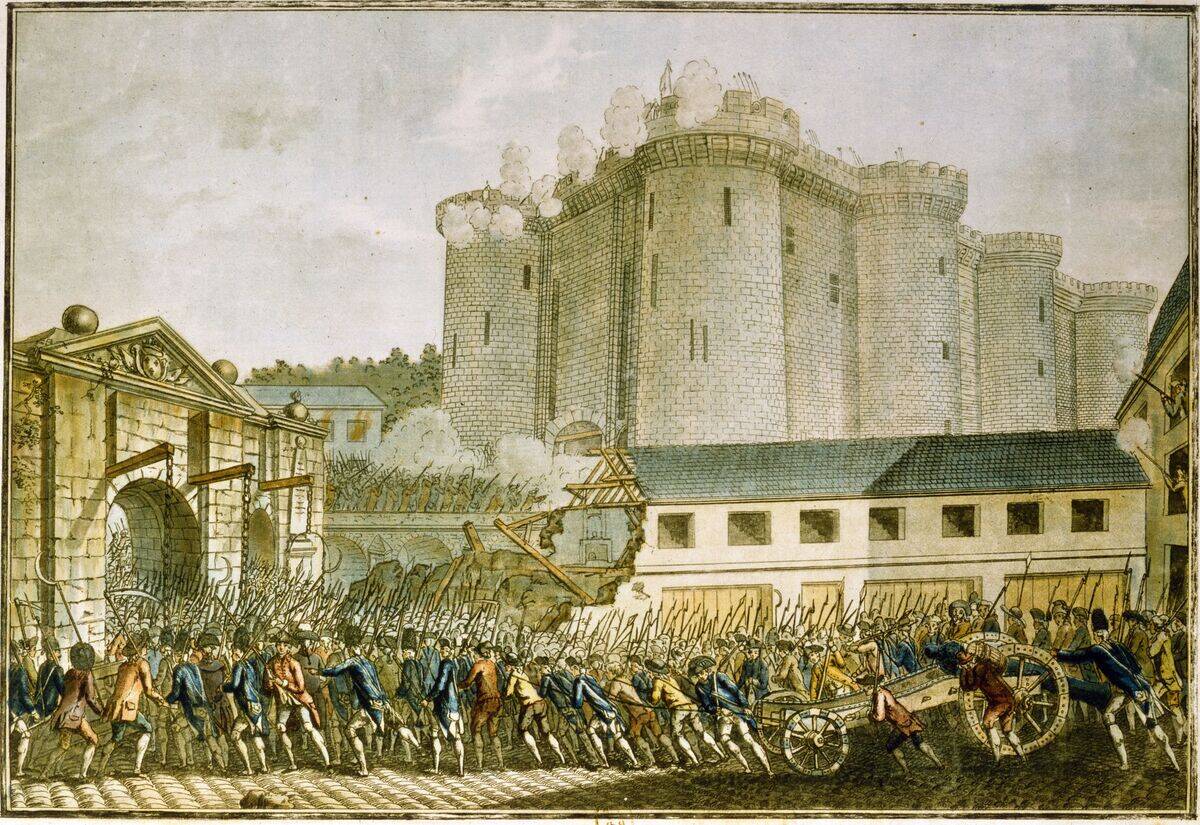
The Bastille, a fortress-prison in Paris, played a pivotal role in the French Revolution when it was stormed on July 14, 1789. This event marked the beginning of the revolution and the eventual fall of the monarchy. Today, the site is a bustling square, the Place de la Bastille, with only a few remnants of the original structure remaining. The Bastille’s transformation from a symbol of tyranny to one of freedom is celebrated every year on Bastille Day.
The Disappearance of the Euston Arch, London
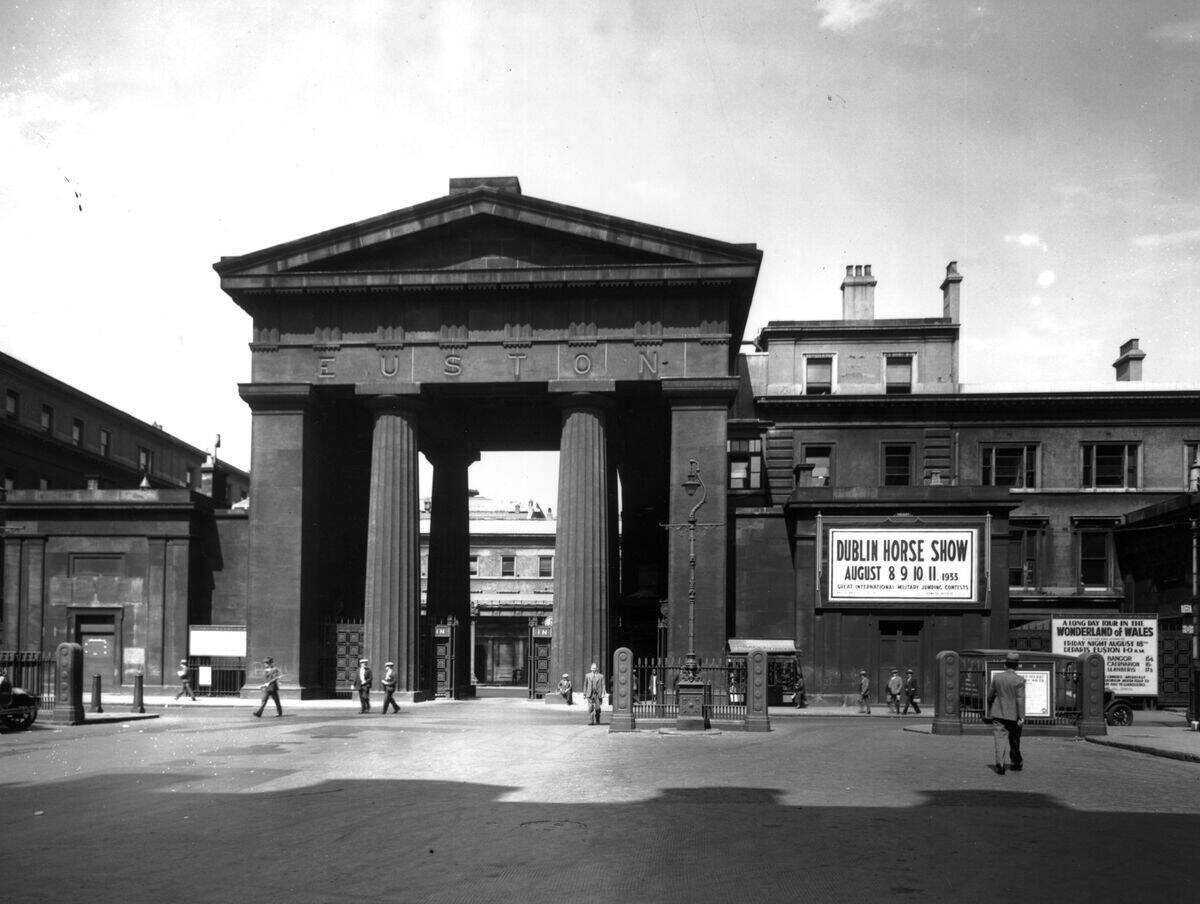
Built in 1837, the Euston Arch was a grand entrance to London’s Euston Station, a triumph of Greek Revival architecture. Despite its historical significance, it was controversially demolished in 1962 to make way for station redevelopment. The decision sparked public outrage and led to a greater appreciation for preserving historical landmarks. Efforts are now underway to reconstruct the arch, symbolizing the enduring value of architectural heritage in the modern age.
The Demolition of the Singer Building, New York
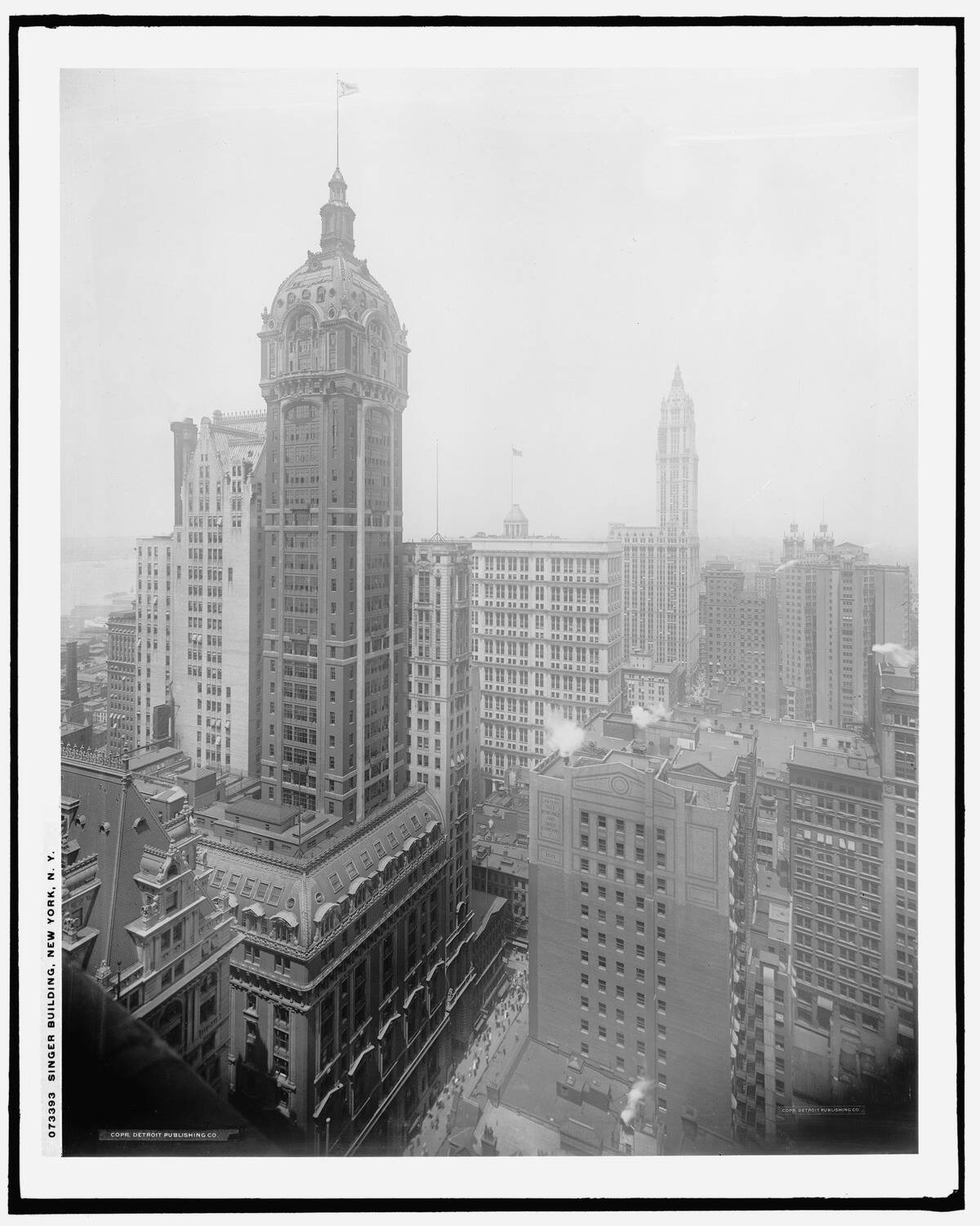
Once the tallest building in the world, the Singer Building in New York City was a marvel of early 20th-century architecture. Completed in 1908, it stood at 612 feet with a distinctive red brick façade. However, it was demolished in 1968 to make way for a more modern skyscraper. This loss highlighted the challenges of balancing progress with preservation, and today, it serves as a reminder of the architectural treasures that have been sacrificed in the name of development.
The Sacrifice of the Old Chicago Stock Exchange
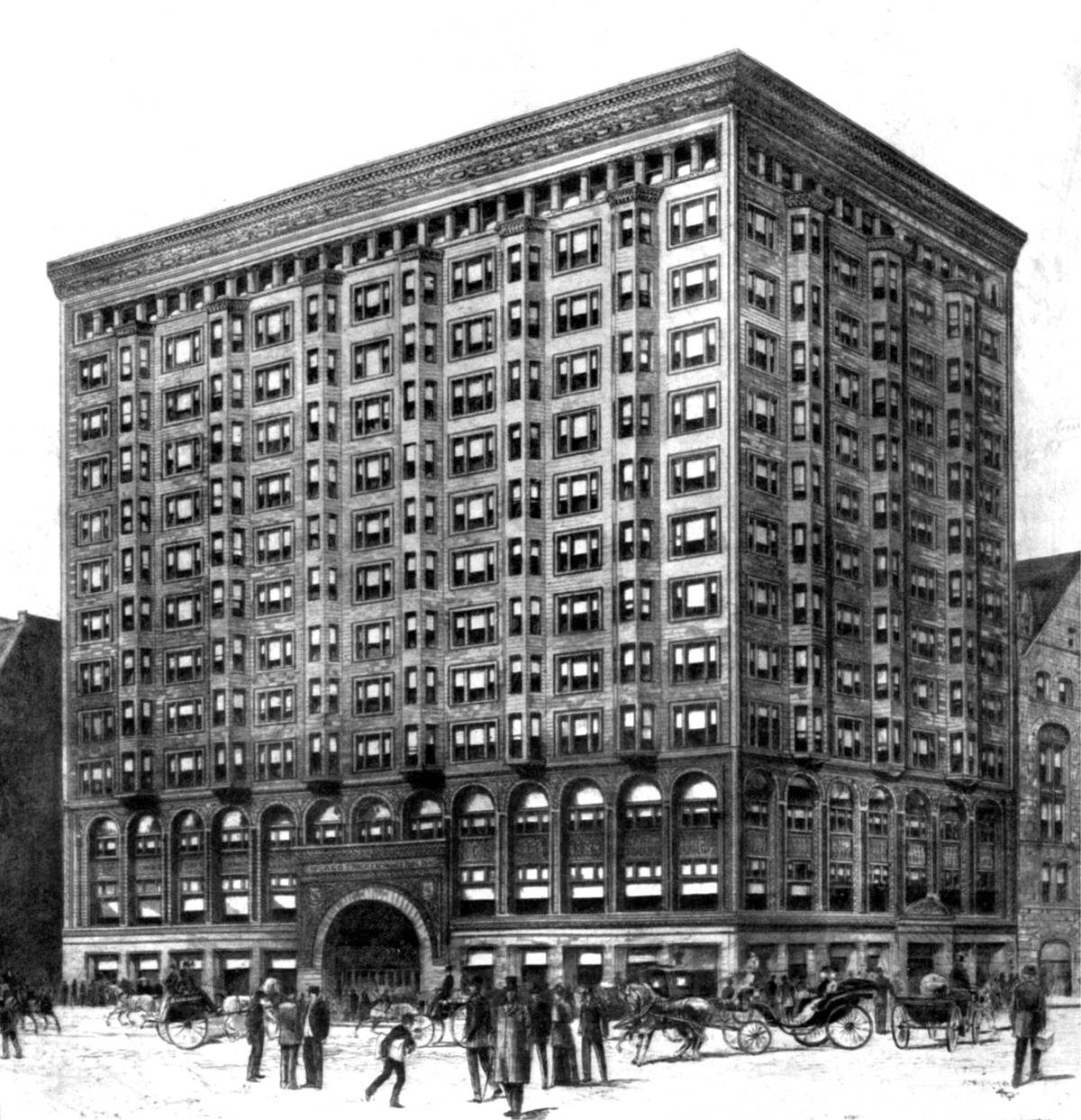
The Chicago Stock Exchange Building, completed in 1894, was a masterpiece of architect Louis Sullivan, featuring intricate ornamentation and a grand trading room. Despite its architectural significance, it was demolished in 1972, sparking outrage among preservationists. The trading room was saved and reassembled in the Art Institute of Chicago, where it remains a testament to Sullivan’s genius. This loss became a rallying cry for the preservation movement, underscoring the importance of protecting architectural heritage.
The End of the Kowloon Walled City, Hong Kong
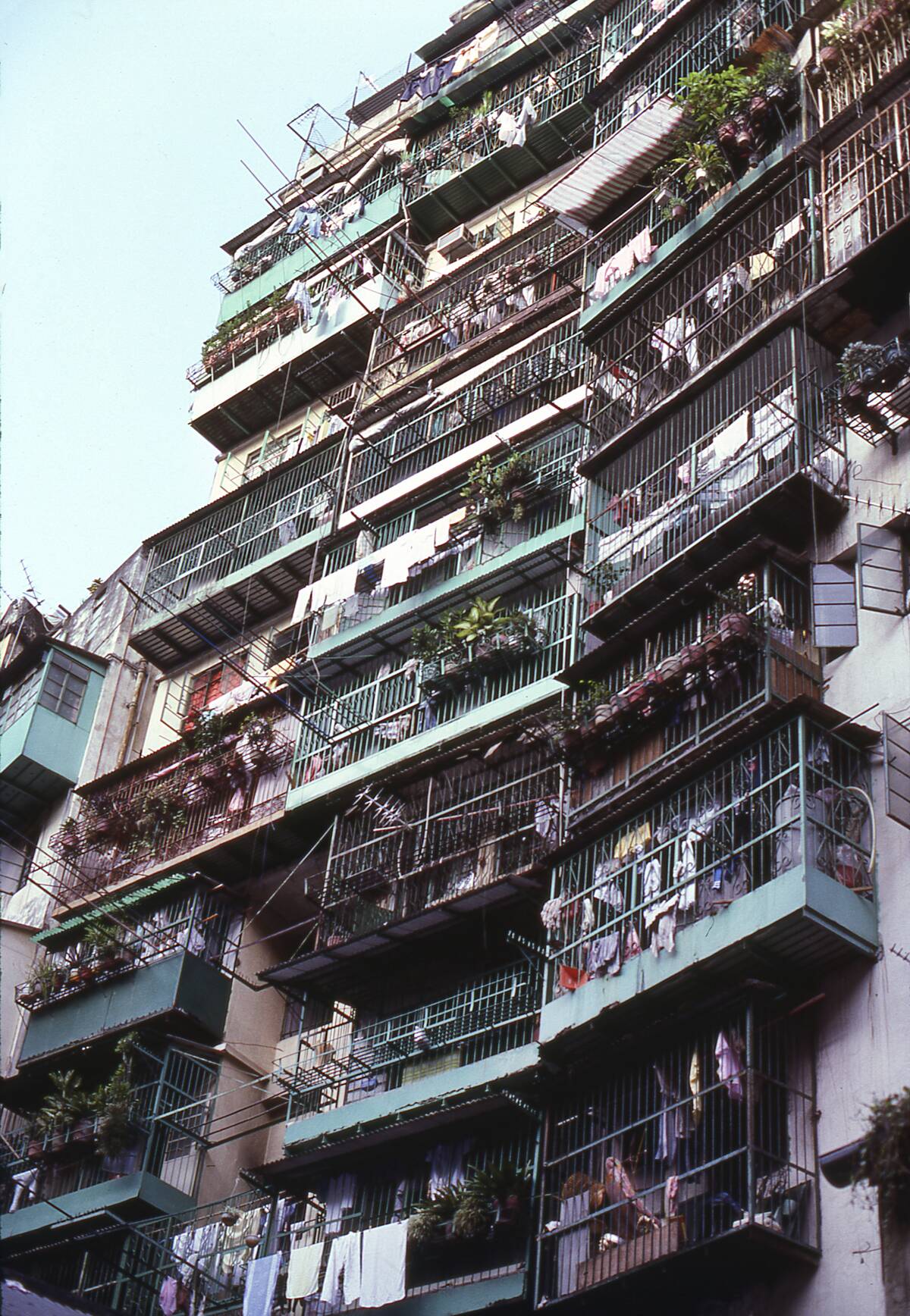
Kowloon Walled City in Hong Kong was a densely populated, lawless enclave that grew organically without official oversight. By the time of its demolition in 1993, it housed over 30,000 residents in a maze of interconnected buildings. Its chaotic yet vibrant community inspired countless stories and artworks, becoming a symbol of urban resilience. Today, the site is a peaceful park, but the memory of its unique urban landscape continues to captivate imaginations worldwide.
The Disintegration of the Pruitt-Igoe Housing Complex, St. Louis
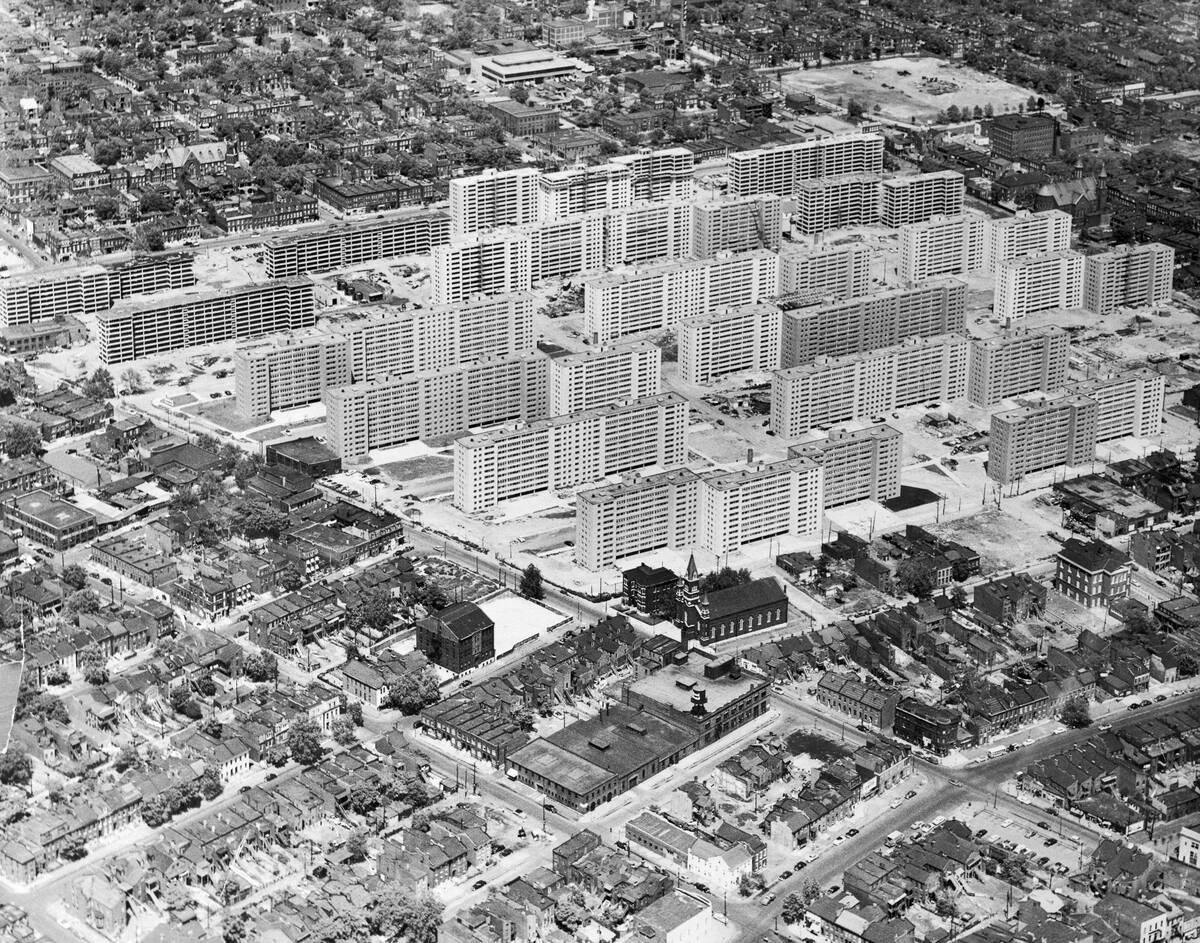
The Pruitt-Igoe housing complex in St. Louis was once hailed as a model of modernist urban planning. Completed in 1956, it faced severe social and economic challenges, leading to its decline and eventual demolition in the 1970s. The failure of Pruitt-Igoe became a symbol of the shortcomings of post-war public housing policies in the United States. Its story remains a cautionary tale for architects and urban planners, emphasizing the need for community-centric design and sustainable development.




